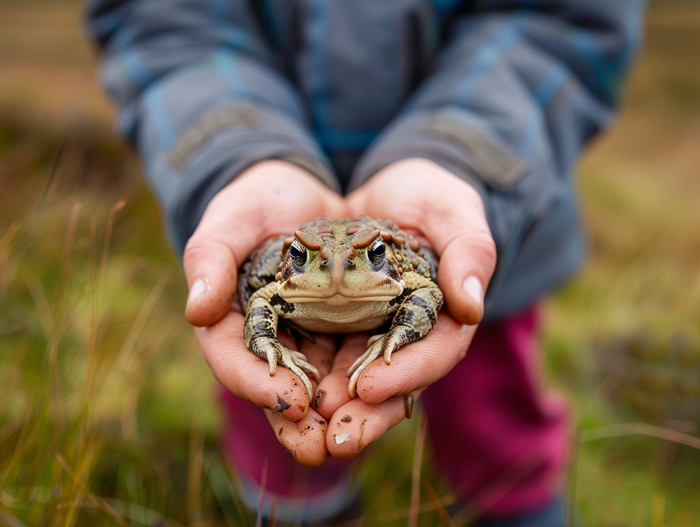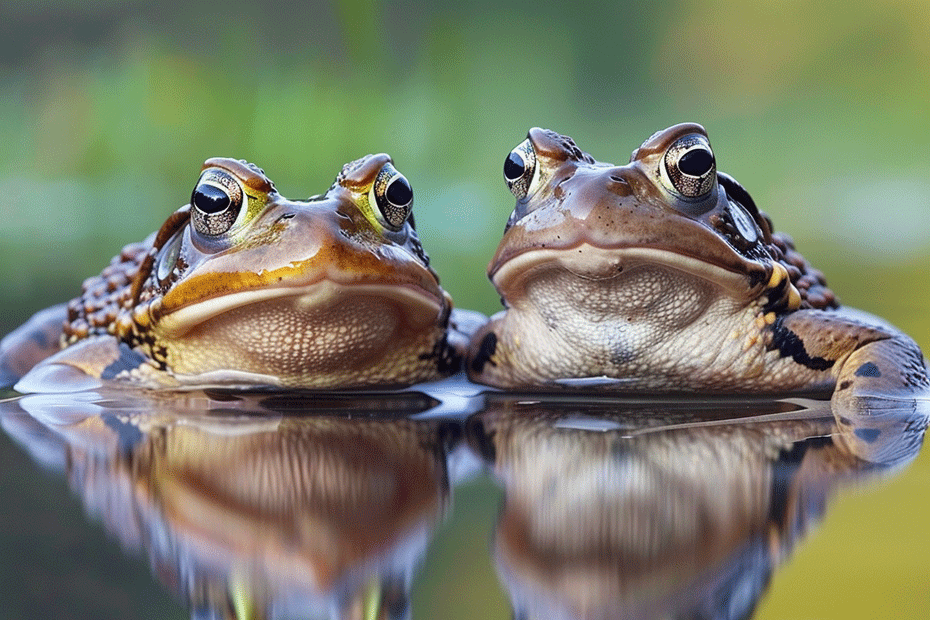Curious about whether toads are skilled swimmers? You’re not alone. Many wonder if these amphibians have what it takes to navigate the waters with ease. In this text, we’ll jump into the intriguing area of toads and explore their swimming abilities.
Toads may not be known for their aquatic prowess, but you might be surprised by their swimming skills. Whether it’s paddling through ponds or gliding across streams, toads have adapted to life in the water in remarkable ways. Let’s uncover the truth about whether these amphibians can truly swim.
So, can toads swim? Get ready to uncover the secrets of these water-loving creatures and discover the truth behind their aquatic adventures. Join us as we explore the depths of toad behavior and uncover the mysteries of their swimming abilities.
Key Takeaways
- Toads possess adaptations such as webbed feet, large hind legs, and smooth skin to facilitate swimming efficiency.
- Their swimming behavior involves a breaststroke-like motion and floating on the water’s surface before diving.
- Toads swim less proficiently than frogs and rely more on slow movements than agile jumps in water.
- They are commonly found in ponds, streams, rivers, marshes, wetlands, and benefit from artificial ponds with proper shelter, water quality, depth, and access.
- Temperature and water quality significantly impact toads’ swimming abilities, with warmer, clean water being favorable for their activity.
Can Toads Swim

Physiology and Adaptations
- Toads have webbed feet that help them swim efficiently.
- Large hind legs provide propulsion in water.
- Smooth, moist skin aids in reducing drag while swimming.
Swimming Behavior in Toads
- Toads swim using a breaststroke-like motion.
- They often float on the water’s surface before diving.
- Buoyant skin assists in staying afloat.
- Toads swim less proficiently than frogs.
- They rely more on slow movements than agile jumps in water.
- Different species of toads exhibit varying swimming abilities.
Aquatic Habitats for Toads

Natural Water Bodies
Toads are commonly found in various natural water bodies where they can exhibit their swimming abilities. Here’s where you might come across them:
- Ponds: Toads are frequently seen in ponds, utilizing their webbed feet and powerful hind legs to navigate the water efficiently.
- Streams and Rivers: Some species of toads inhabit streams and rivers, using their unique adaptations to move across the flowing water.
- Marshes and Wetlands: These areas are ideal habitats for toads due to the presence of water and vegetation that offer both shelter and breeding grounds.
Artificial Ponds for Toads
Plus to natural water bodies, creating artificial ponds can provide toads with safe environments to thrive. Consider these factors when setting up artificial ponds for toads:
- Shelter: Include rocks, vegetation, and logs around the pond to offer hiding spots for toads.
- Water Quality: Ensure the pond has clean water and is free from contaminants that could harm the toads.
- Depth: Maintain varying depths in the pond to accommodate different activities of the toads, such as swimming and breeding.
- Access: Add gentle slopes or rocks to allow easy access in and out of the water for toads.
Keep these considerations in mind when providing aquatic habitats for toads to support their well-being and natural behaviors.
Factors Affecting Toads’ Swimming Abilities

Temperature
- Temperature plays a vital role in toads’ swimming abilities.
- Warmer water typically increases their activity and agility.
- Colder temperatures may slow down toad movement.
- Clean water is essential for toads’ swimming abilities.
- Polluted water can harm their skin and affect their buoyancy.
- Toads thrive in fresh, clean aquatic habitats.
Stay tuned for more insights on optimizing toads’ swimming environments.
Conclusion
Toads’ swimming abilities are influenced by various factors such as temperature and water quality. Warmer water boosts their agility, while clean water is essential for their skin health and buoyancy. Creating optimal aquatic environments for toads to thrive includes maintaining fresh, clean habitats that support their swimming capabilities. By understanding these factors, you can enhance the well-being of toads in their aquatic habitats. Stay informed for more tips on how to provide the best swimming conditions for these fascinating amphibians.

Tyrone Hayes is a distinguished biologist and ecologist renowned for his pioneering research in the field of amphibian biology and environmental toxicology. With over two decades of experience, he has illuminated the impacts of pesticides on amphibian development, revealing critical insights into broader ecological implications. Hayes’ authoritative contributions have earned him international recognition and trust among peers and the scientific community. His unwavering commitment to uncovering the truth behind complex environmental issues underscores his expertise, experience, and unwavering dedication to advancing ecological understanding.
